They say that if you’re not going to do something right, you may as well not do it at all. And while we’re not sure who “they” are, statistics show there’s at least one group of people who really live by that motto: marketers.
When it comes to social media, marketers would prefer to not do it at all rather than do it without planning ahead.
According to research published by eMarketer in 2015, considerably more US marketers plan their social media content ahead of time than those that plan and post on the same day. In fact, the percentage of marketers who skip using Facebook and Twitter altogether is higher than that of marketers who plan and post on the same day.
On Twitter, 50% of marketers plan their content at least a day ahead of time, while only about 1 in 5 plan and post on the same day. On Facebook, the percentage of marketers that plan ahead rises to 66% – and 1 in 4 pros actually plan their content as much as a month in advance or more.
The bottom line? If you’re seeing branded content on social media, odds are, it was planned and scheduled long before it actually got shared.
If that sounds like a big number, it’s because it is – more than 3 out of 5 Facebook posts are planned out in advance? How are they doing it? And what’s the mental roadblock that can make it feel so unnatural to do it yourself?
Why scheduling makes you feel like a robot, and why your followers don’t even notice
First things first: if all these other brands are planning and scheduling their social content ahead of time, why does it still feel so weird to do it yourself?
[easy-tweet tweet=”You think of social media as a marketing channel. Your followers don’t.”]
Because you use social media for marketing, you actually use it differently as a consumer, too – and that can influence your perception of how other consumers use it. Case in point: you’re more likely not only to follow brands on social media, but to make purchases based on your social experiences, too.
Compared to the average consumer, as a marketer, you are:
- 50% more likely to follow a brand on Facebook
- 400% more likely to follow a brand on Twitter
- 100% more likely to make a purchase based on what you see on Facebook
- 150% more likely to make a purchase based on a tweet
Not bad, right? In fact, about 50% of users only follow one to four brands on social at all. While they expect brands to have a social presence, consumers aren’t nearly as focused on branded content as you are. Consider that along with the fact that the average user doesn’t see most of your updates on Twitter or on Facebook, and the whole thing makes a lot more sense: the average consumer on social media doesn’t see, think about, or act on social marketing nearly as much as you do.
One of the most important things you can do when planning your social media, then, is to think less like a marketer and more like a consumer. This will help you get over the mental roadblocks that make scheduling posts ahead of time seem unnatural – it only feels like a big deal because you and your audience are approaching social media from different angles, and with different levels of awareness.
So consumers don’t fixate on social marketing quite as much as you do – but that doesn’t explain how or why most marketers prefer planning their content in advance to posting it same-day.
How popular social media accounts plan their posts ahead of time
When you go scrolling through your Twitter feed, you can’t always tell whether or not an update was written and scheduled ahead of time.
(And considering that 50% of all branded tweets are, it really goes to show that the whole “feeling like a robot” thing is all in your head.)
When you look at a brand’s social media feed over time, though, the evidence of careful planning becomes a lot clearer – and so do its rewards.
Here are a few examples.
Long-term campaigns
Oreo’s most famous social media win is still its surprise hit from the 2013 Super Bowl blackout (which inadvertently kicked off a kind of bizarre pseudo competition between brands during Super Bowls to come – more on that later). Oreo’s no one-hit wonder, though, and the social campaigns they’ve launched after careful planning and scheduling have been just as impressive as their still-infamous live quip.
Their 2012 “Daily Twist” campaign meant a series of 100 Facebook updates commemorating culturally or historically significant events (but, you know, with cookies):
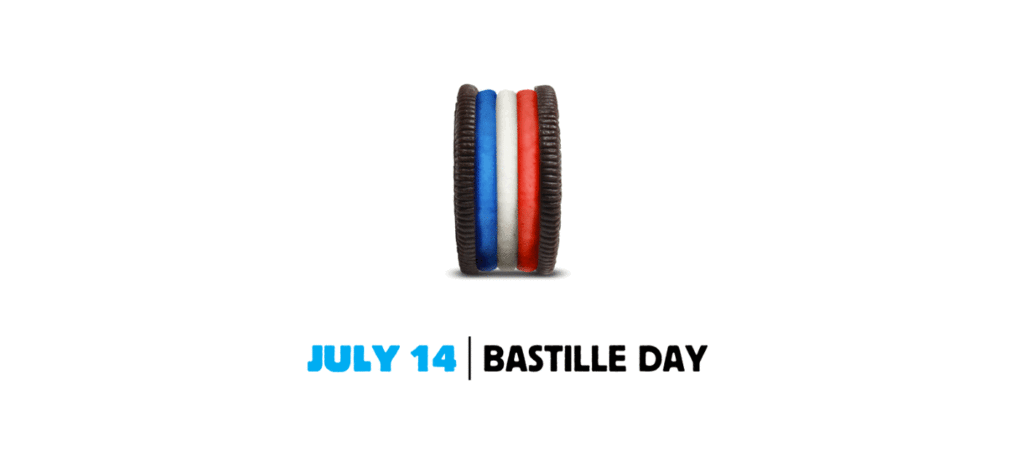 While it took 100 days of planning ahead (along with a new custom graphic for every update), the payoff was huge: Oreo gained more than 1 million new fans, increased their engagement by 195%, and increased their share rate by 280%. Instead of always playing it by ear on social media, they developed a long-term campaign ahead of time and were able to execute it with consistency and style that got widespread recognition.
While it took 100 days of planning ahead (along with a new custom graphic for every update), the payoff was huge: Oreo gained more than 1 million new fans, increased their engagement by 195%, and increased their share rate by 280%. Instead of always playing it by ear on social media, they developed a long-term campaign ahead of time and were able to execute it with consistency and style that got widespread recognition.
Categorized content
Planning ahead on social is the key to sharing and re-sharing your messaging at the right times. This isn’t something that just brand marketers know, either – just ask the people who manage social media for the White House.
These three tweets all went out on the same day, within six hours of each other – and they go to show just how valuable sharing the same thing more than once can be.
The same image that was tweeted in the early afternoon got four times the engagement as it did at 8 am (and all three demonstrate the value of testing different ways to promote a single thing). The White House actually makes a habit of promoting its causes via social this way – compare the tweets above to this one, which was also shared multiple times:
In both cases, the social media team has created a highly shareable image, branded the conversation with a hashtag, and included a link driving traffic toward an informational resource. When you see any one of these updates on its own, competing for your attention with the other tweets in your feed, you don’t consider that it’s part of a larger strategy that was clearly planned out in advance – but it was.
This is why categorizing the types of updates you post most frequently is so important to a cohesive, planned-out strategy. For an online retailer, this may be as simple as writing posts promoting a sale and scheduling them in intervals to ensure they’re seen by a variety of fans:
Determine what you want to share ahead of time and plan out a few strategic timeslots for sharing it, and you can expect more consistent results than a few on-the-fly updates could provide.
Live-tweeting with a plan
We said we’d come back to the Super Bowl, didn’t we? After Oreo made headlines and gave the marketing world a serious case of professional jealousy with their blackout tweet, brands everywhere felt the pressure to step up their game the following year. This meant that they had plenty of time to think of a way to draw attention to themselves – by any means necessary.
(It also started the unfortunate phenomenon of brands feeling the need to comment en masse on literally everything in the world, but that’s a whole other story.)
For example, during the 2014 game, department store J.C. Penney shared a series of misspelled, increasingly incoherent tweets that attracted a lot of attention from users (and other brands) who suspected the account had been hacked, or its manager less-than-sober.
J.C. Penney quickly revealed the tweets were all part of a gag they’d planned ahead, and cheesy though it was, it worked – they were the second-most mentioned brand on social during the game, and the most mentioned brand that wasn’t an official sponsor. Their plan to “create [their] own narrative” didn’t hinge on what might happen during the game – they came up with it in advance, posted when the time was right, and stood out from the crowd.
The same could be said for brands like DiGiorno, which has a reputation for posting sassy updates during live events like NBC’s televised musicals. It’s possible that they come up with all of their pizza-centric zingers on the spot, but not particularly probable – after their runaway success tweeting along with “The Sound of Music,” for example, they knew that people would expect the same for NBC’s next show, and they delivered. (Get it? They “delivered?” Okay, moving on.)
Point is, even when you know that you’re planning on updating at a certain time, you can plan what you want to say in advance. Even if you’re just jotting down a few points you want to be sure you make on a Twitter chat, you’ll be better off than you would be walking into a situation empty-handed.
So if you want to do something right…
There’s a reason the majority of marketers would rather not post on social at all than write and post their updates on the same day. When you figure out what you want to say and how you want to say it ahead of time, you can make your social strategy a lot less random and a lot more consistent – and enjoy more consistent results, too.


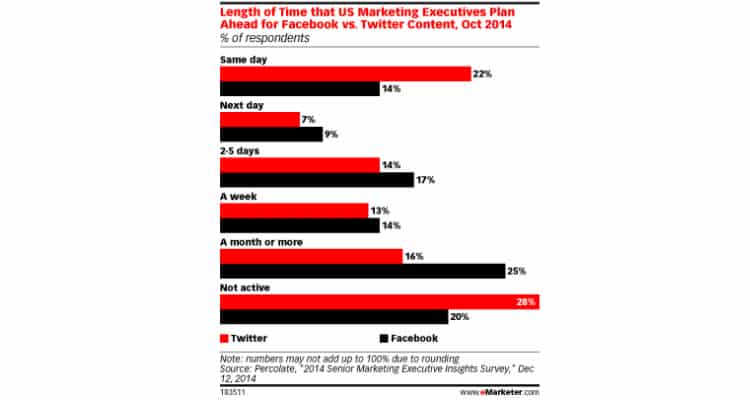
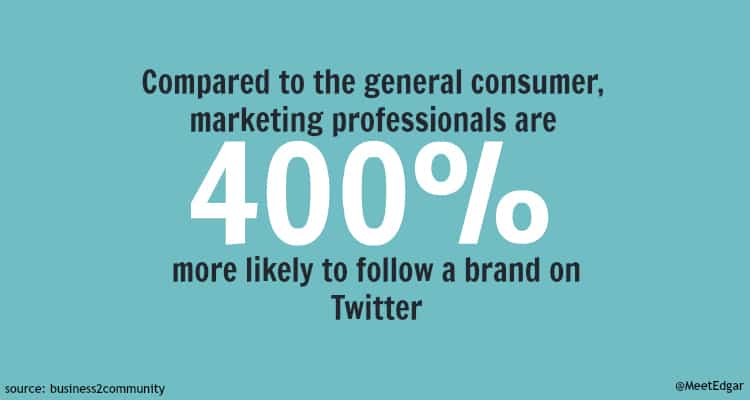
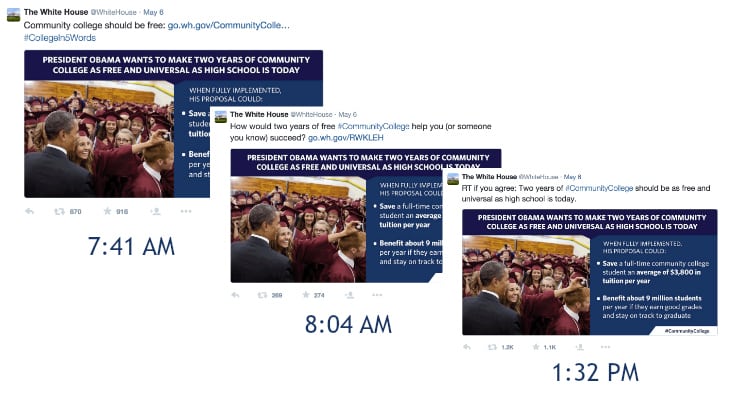
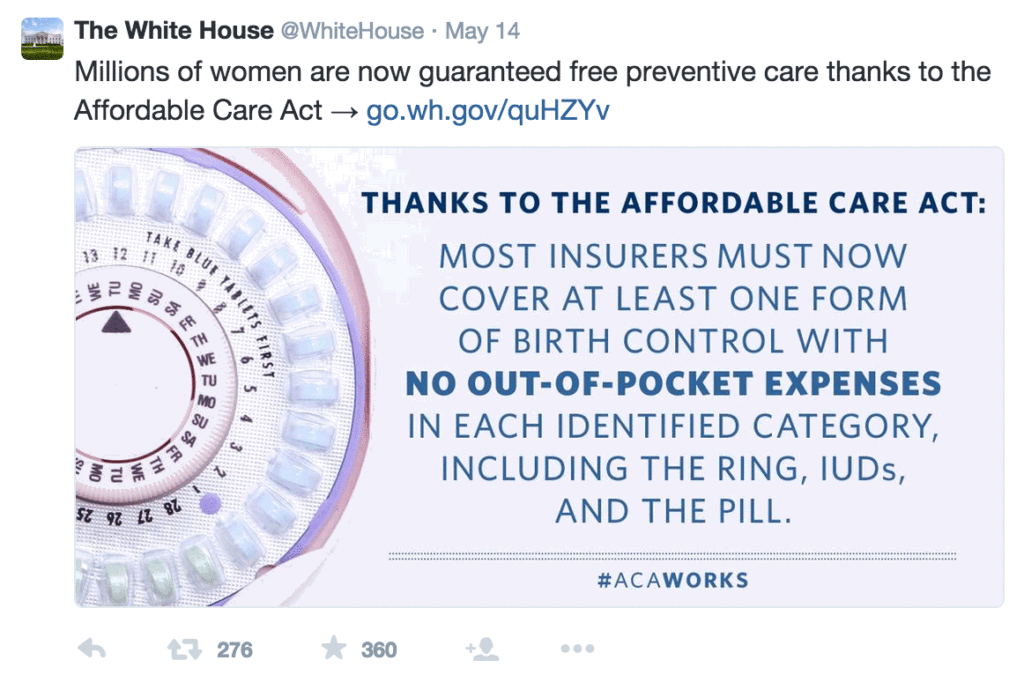
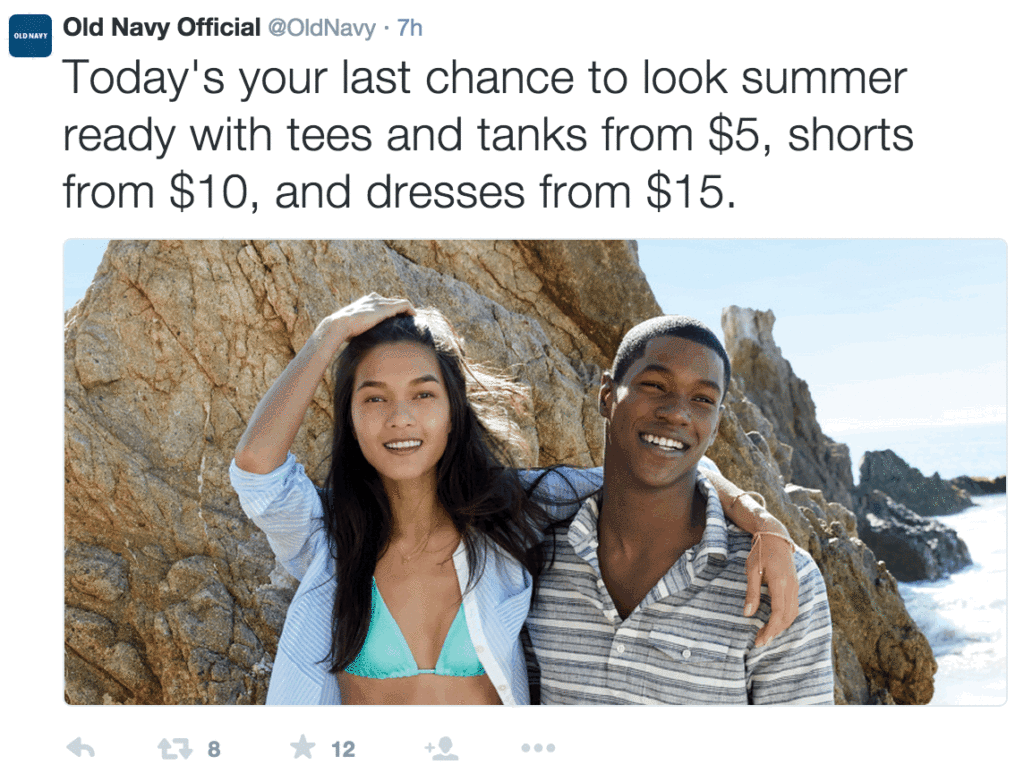
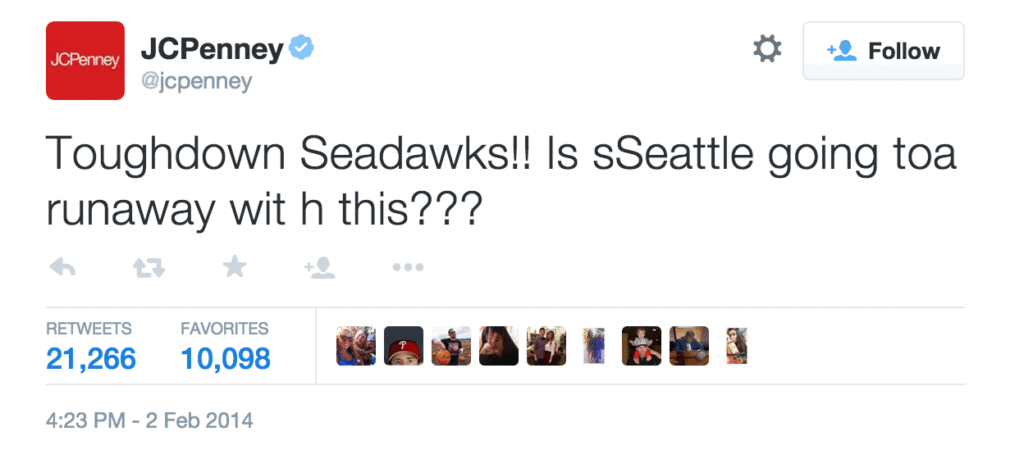

1 Comment